«This is the first archaeological excavation ever in the history of the municipality of São Brás de Alportel», announced archaeologist António Faustino de Carvalho, next to the now called menhir of Monte do Trigo, which was the subject of excavations coordinated by this specialist during a week in August.
But that is not the only particularity of the archaeological find: it is also the first menhir in limestone and with characteristics that attribute it to the Neolithic period (5500 years ago, that is around 3500 BC) to be discovered in the Sotavento Algarvio.
Therefore, it is «an extremely interesting finding on a regional scale», guaranteed the researcher.
«This type of menhir, due to its shape, the material it is made of, limestone, its dimensions, its general morphology, is exactly the same as the dozens of menhirs that we know in Barlavento, in the westernmost part of the Algarve», explained António Faustino de Carvalho to the group of journalists, mayors and other officials, namely from the Regional Directorate of Culture, and the owner of the land, during a visit to the site, on the last day of the excavations.
«We know this type of menhirs in Aljezur, Vila do Bispo, Lagos, Lagoa», he added. But «we didn’t know anything outside these four municipalities» and, therefore, «being here, almost in the heart of Sotavento, was very strange for me, I came to doubt that it could actually be a menhir from the Neolithic period».
Because, explained the archaeologist and professor at the University of Algarve, «in Sotavento, in Loulé and Salir, for example, there is the menhir of Cerro das Pedras, which was discovered by Estácio da Veiga in the XNUMXth century, in Lavajo, in Alcoutim , there is also a meniric complex, which is also open to the public».
But «these are the only examples we have in Sotavento of structures similar to this one, but here the key word is “similar”, because they are not exactly the same». The Sotaventine menhirs «are made in other rocks, have other configurations, which are more or less truncated conical, prismatic or with irregular morphologies, not with this phallic morphology».
They are, moreover, from «a later period of Prehistory, from the Chalcolithic period or Copper Age, they are about 5000 years old», that is, at least five centuries older. new than the menhir of Monte do Trigo.
All this leads the archaeologist to conclude that «these first Neolithic communities» are still «very poorly studied in this eastern half of our region».
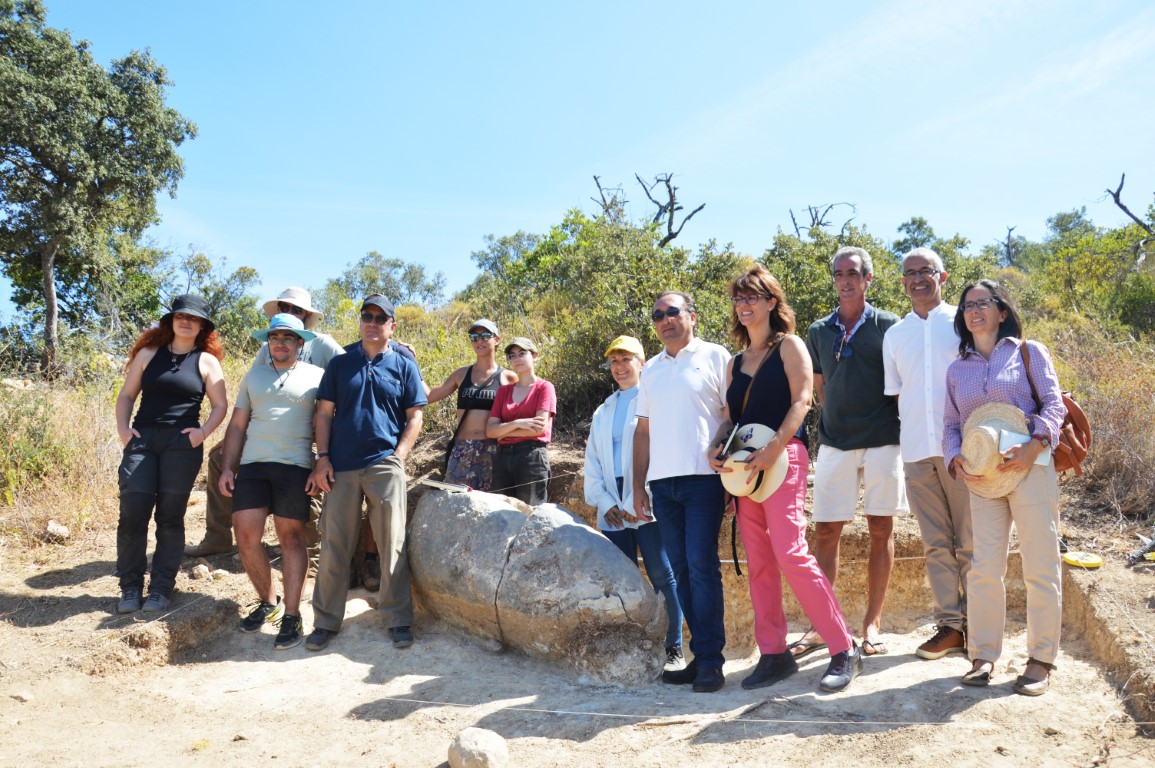
The very discovery of this menhir on Monte do Trigo is curious. It was found in the summer of 2021, by an inhabitant of the neighboring town of Machados, who is passionate about trilobites and other fossils and was looking for them in the limestone on that hill.
«That gentleman, although not an archaeologist, nor even an amateur, from the things he read and saw, quickly recognized» that this stone, half buried, half covered with vegetation, «could be a menhir» and published his discovery on social networks.
It was the Regional Directorate of Culture of the Algarve that, having learned of the find in this way, immediately contacted the Municipality of São Brás de Alportel and the University of the Algarve. Taking into account that, in the Department of Arts and Humanities of the UAlg, António Faustino de Carvalho is the specialist in this period, he was appointed to take care of the matter, speak with the municipality of São Paulo and see what the next steps should be.
A protocol was established between the University and the Municipality, an archaeological research project was submitted to the Directorate-General for Cultural Heritage and the work finally went to the field on the 14th of August.
In addition to António Faustino de Carvalho, who coordinates it, and Angelina Pereira, who is the archaeologist at Câmara de São Brás, the excavations have been carried out by a group of archeology students from the UAlg, «more or less volunteers», since , as the teacher jokes, «this is their practical chair», and therefore they are obliged to do it.
But the team also includes young Beatriz, who is from Machados, the village that can be seen at the foot of Monte do Trigo, and is studying archeology at Universidade Nova de Lisboa.
«Not forgetting all the members of the team, it is also with particular pride that I say that a woman from Machado voluntarily joined the group here. She has been here with a pickaxe in her hand all these days», assured Marlene Guerreiro, vice-president of the São Brás de Alportel Chamber, who also accompanied the visit.
Incidentally, the mayor made a point of praising the other students, whom she called “four extraordinary musketeers”.
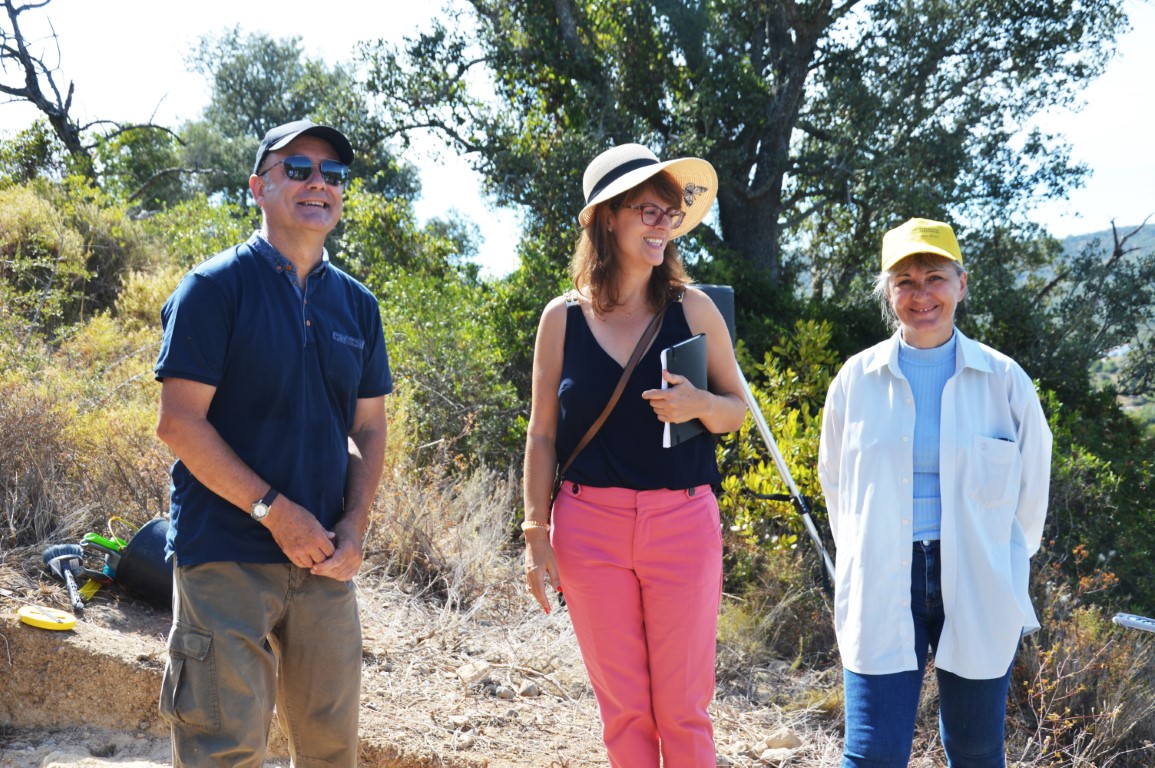
After a week of hard work in the field, the archaeologist in charge announced that, in addition to the almost entire menhir, "three or four more pieces were detected, but in very poor condition" because "they are broken", some even "reduced to fragments of about 30 or 40 centimetres'.
Fragments of other probable menhirs were, on that last day of field work, being duly located on the ground by a topography team.
António Faustino de Carvalho advances possible reasons for the poor condition of these millenary stones: «what is very common in the landscapes of our country, from Minho to the Algarve, happened, which is the use of the stones that exist in the places, which are broken to make walls of division of properties, to make ditches, to make other types of rural structures».
The menhir of Monte do Trigo «was lucky to be partially covered with earth and, as it is bulky, it will have resisted more to human action and the action of time».
This menhir is no longer ,, that is, in the original place where it would have been erected, erect to mark the territory of the people who 5500 years ago would have lived on the slope and in the valley at the foot of the mountain, in the area that is now called Machados, on the edge of the EN2.
Although today it is lying down, originally it was vertical, marking the territory, most likely on top of the hill, perhaps with other menhirs in the vicinity.
“We don't know exactly where it was originally placed, but it would be higher up. It will have fallen down the slope and stopped here, because it is very heavy, it is not perfectly cylindrical, it has a conical tendency. It was trapped here, covered with earth and vegetation, protected throughout these millennia». Until a lover of fossils, much older, discovered it and made it known to the world.
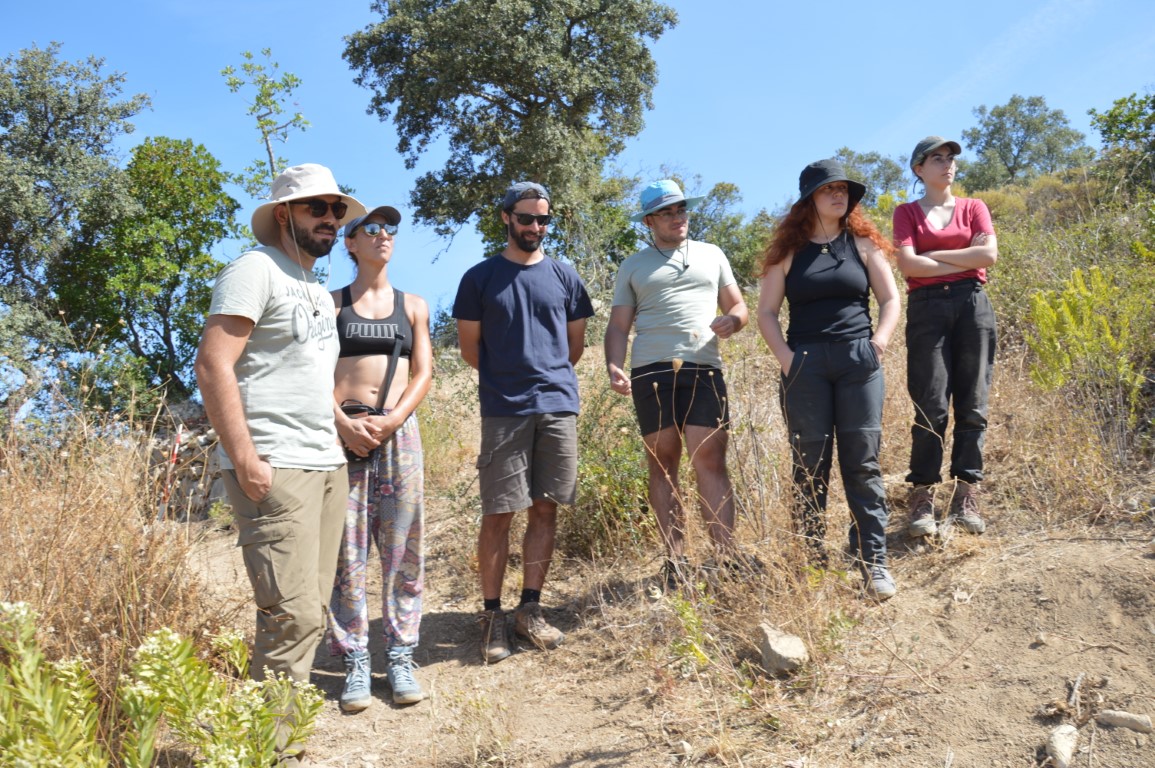
And now, after completing the week of field work and the first campaign of archaeological excavations in the entire territory that today forms part of the municipality of São Brás de Alportel, what will happen to the menhir? Will it be left there? Will it be taken to another?
The archaeologist in charge of the work said that the final report he will have to make will culminate in a proposal. However, he warns, the solution will have to be decided by three, between the City Council, the Regional Directorate of Culture and the DGPC (or the body that will succeed it), based on the technical opinion of the UAlg and with the agreement of the owners. of the lands of Monte do Trigo.
As for the “preservation of the object itself, what would be better? Leave it here or take it somewhere where it can be seen?”, he asked.
António Faustino de Carvalho confessed that he is still "hesitating". It's just that the menhir «is cracked in half, has several splinters ready to fall».
If it remains exposed on the slope of the mountain where it was found, «it runs the risk of what has not happened in the last 5500 years, which is to fracture once and for all».
But, “if we take it from here, it can even break not in two, but in four pieces”. Furthermore, bringing machines to the slopes of Monte do Trigo will not be an easy task.
If you choose to remove the menhir, where can it stay? The archaeologist hypothesized the Centro Explanatory da Calçadinha, in São Brás, «where there is an outdoor space in which the piece can be reassembled and consolidated».
Frederico Tatá Regala, from the Regional Directorate of Culture, added, by the way, that «a cultural itinerary is not based on an isolated piece».
Vítor Guerreiro, mayor of São Brás, thanked the owners of the land for their «total availability», one of whom, Dário Rosa, also president of the Grupo Desportivo e Cultural de Machados, accompanied the visit.
As for the future fate of the Monte do Trigo menhir, the mayor of São Paulo said he was "open to technical indications that enhance this heritage".
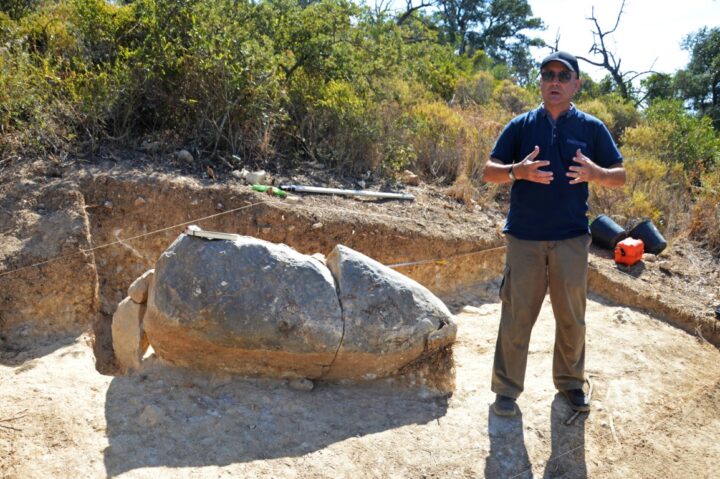
The attraction from the top of the mountains
A menhir is «a carved stone monument, a stone placed vertically, polished, roughed, often to assume a phallic shape». These are “the first stone monuments in the history of mankind”.
Who explains it is António Faustino de Carvalho, archaeologist and professor at the University of Algarve, responsible for the archaeological excavation campaign that took place in Monte do Trigo, at the foot of Machados, municipality of São Brás de Alportel.
Apart from the almost complete menhir and some fragments (read the main text), no other objects were found. Why?
Because that Neolithic community, from 5500 years ago, “did not live here, on the hill. They came here to worship, possibly their ancestors, the fertility of the land», said the specialist.
«They were the first farmers in human history and were very dependent on seasonal cycles for the time of sowing or harvesting, for the reproduction of animals. Their world view, the way they looked at the universe, the earth, their territory, was very dependent on these cycles", he added.
«Hence, they built these stones, carved in the shape of a phallus, to symbolize the fertility of animals, people and land. They came here to worship this way of looking at the world».
And what reason for this attraction for the tops of the mountains, as old as, probably, Humanity? «This is the ideal place, as we still do today with the chapels, with the traditional processions that go up to the top of the hills, which are still places of worship and are named after saints», replied António Faustino de Carvalho.
It's because? «First of all, because they are closer to the sky and then because, from up there, we can see all of our territory, where we have our subsistence, where we have agricultural fields, where we have animals to graze, where we have our own village », added the archaeologist, putting himself in the skin of a prehistoric inhabitant.
Photos: Elisabete Rodrigues | Sul Informação
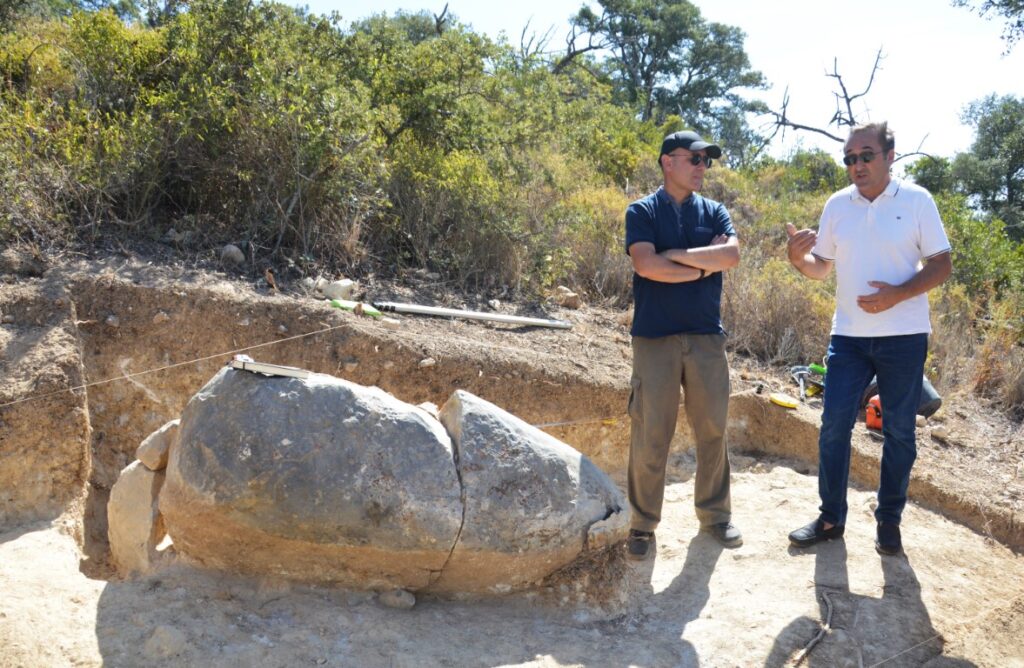
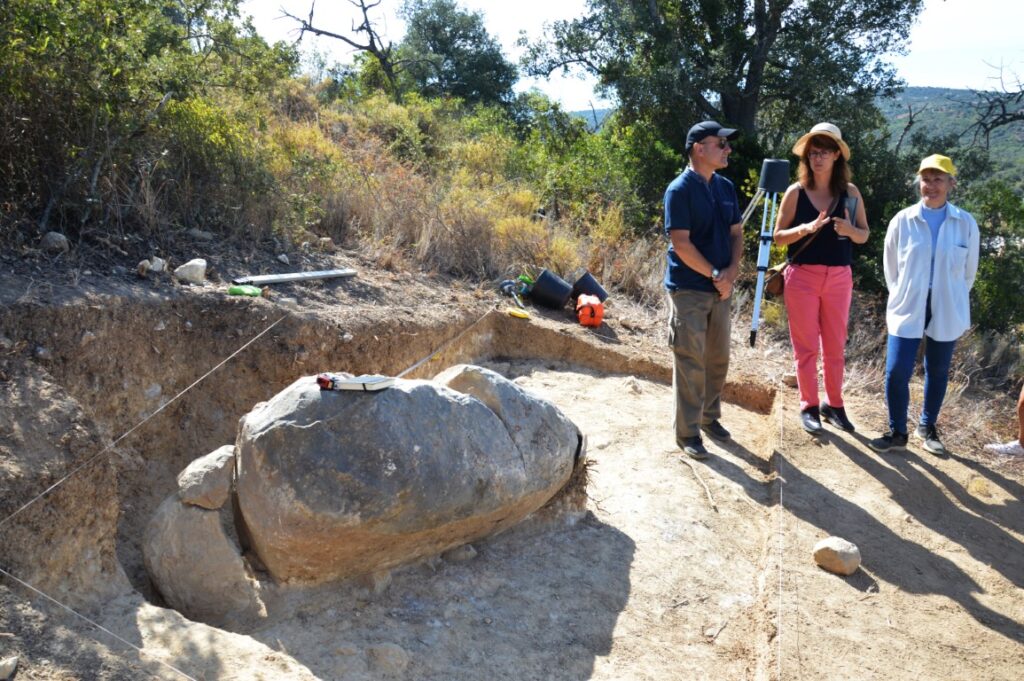
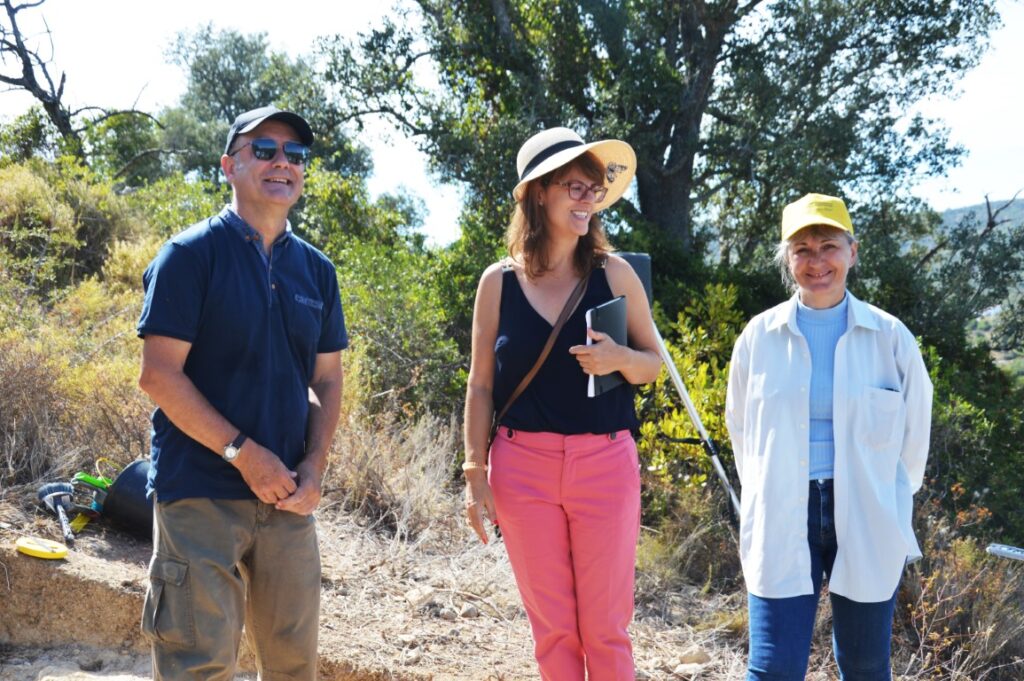
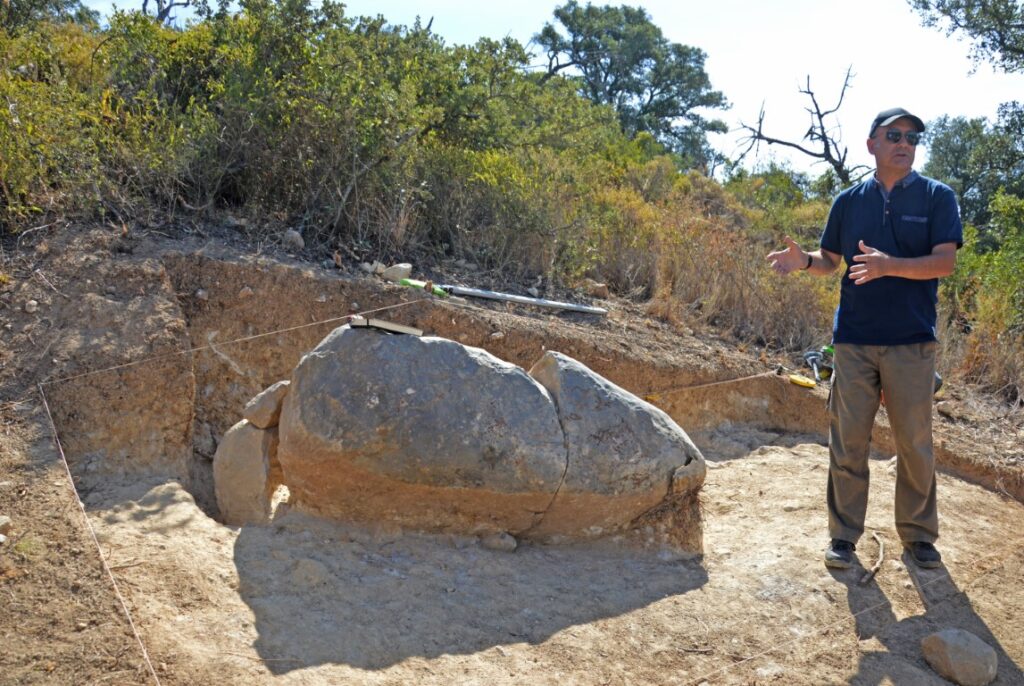
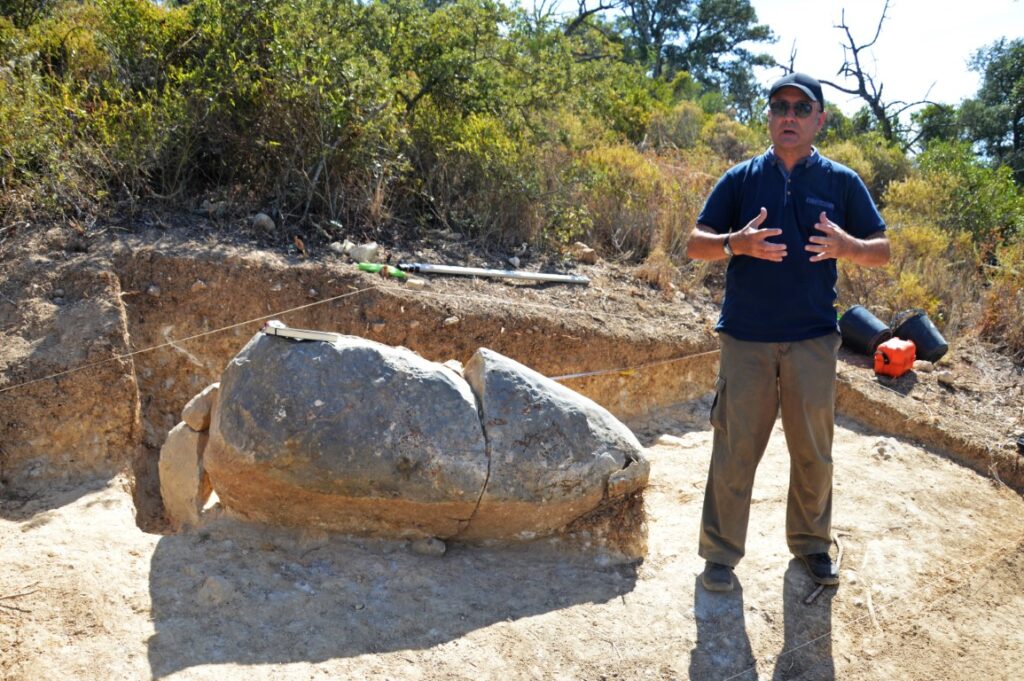
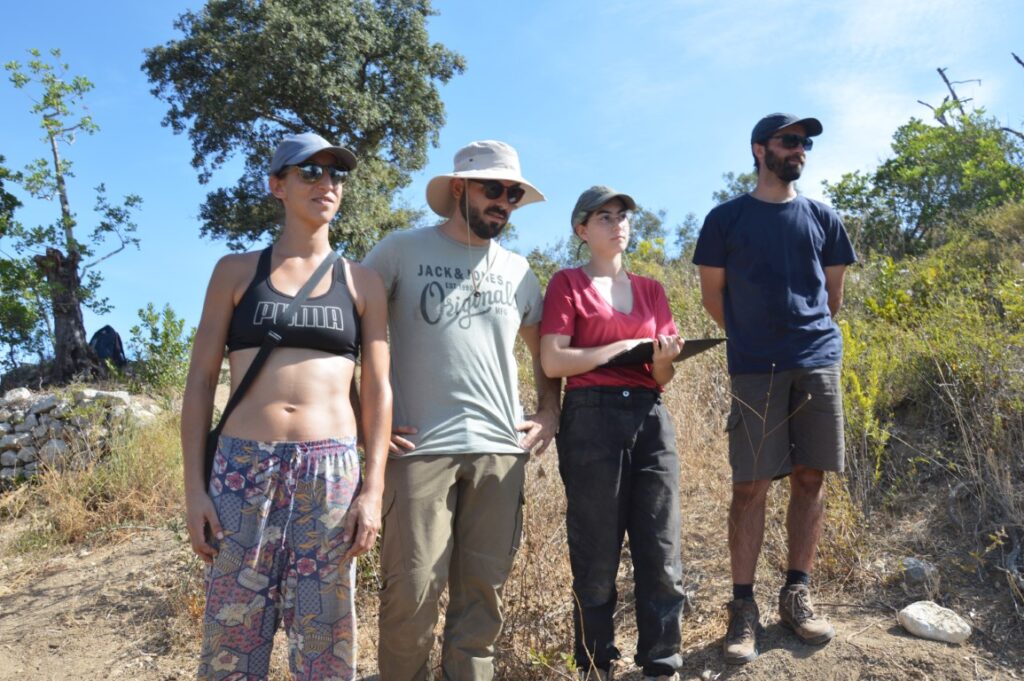
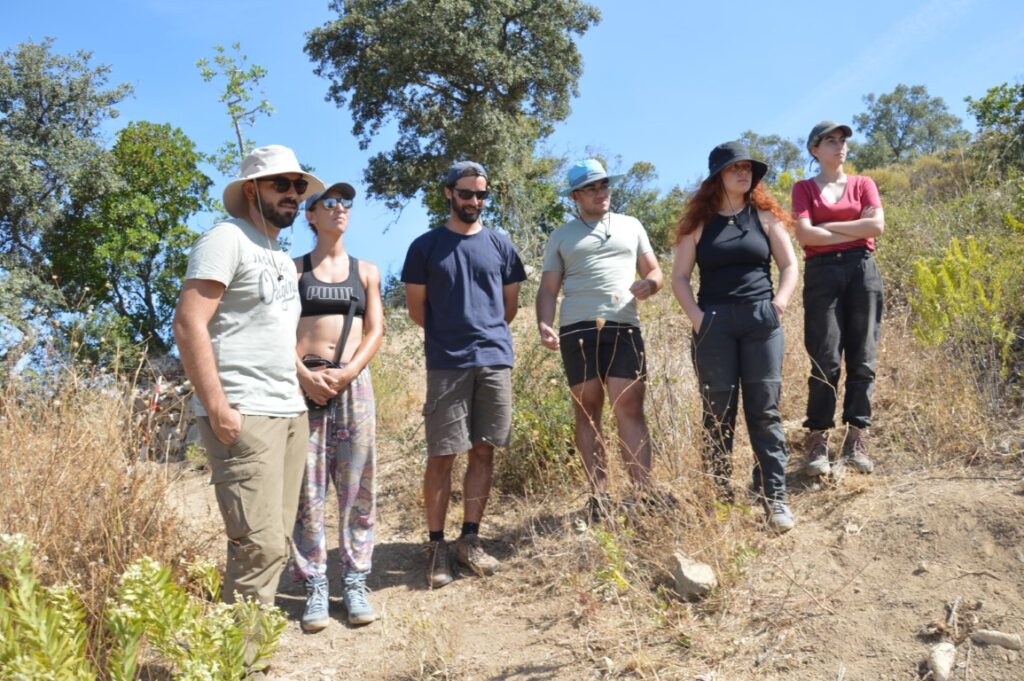
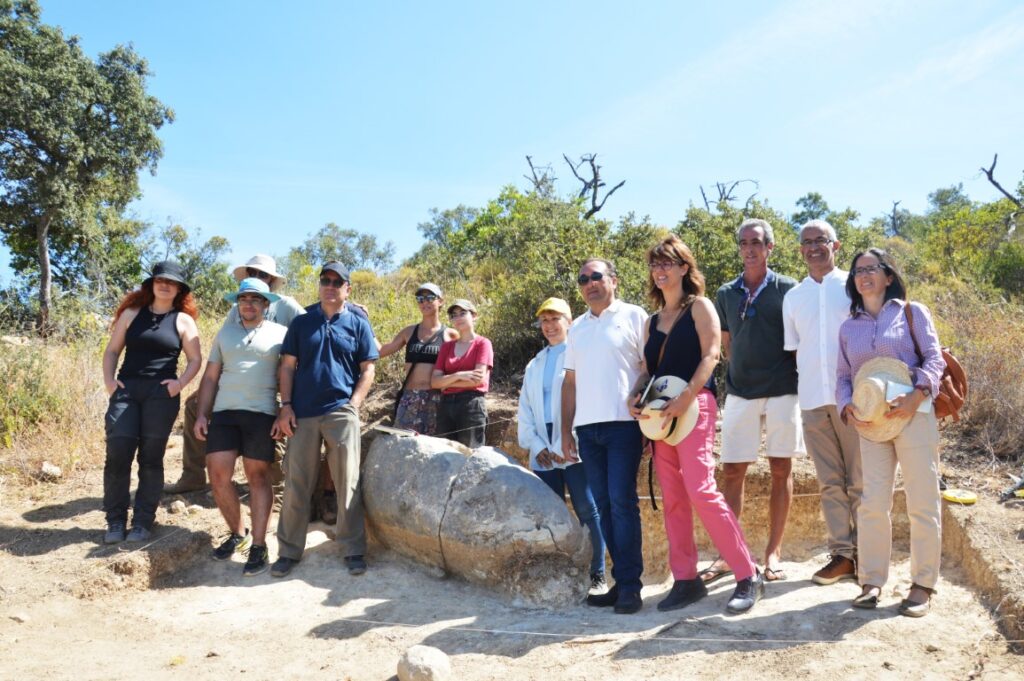


















Comments